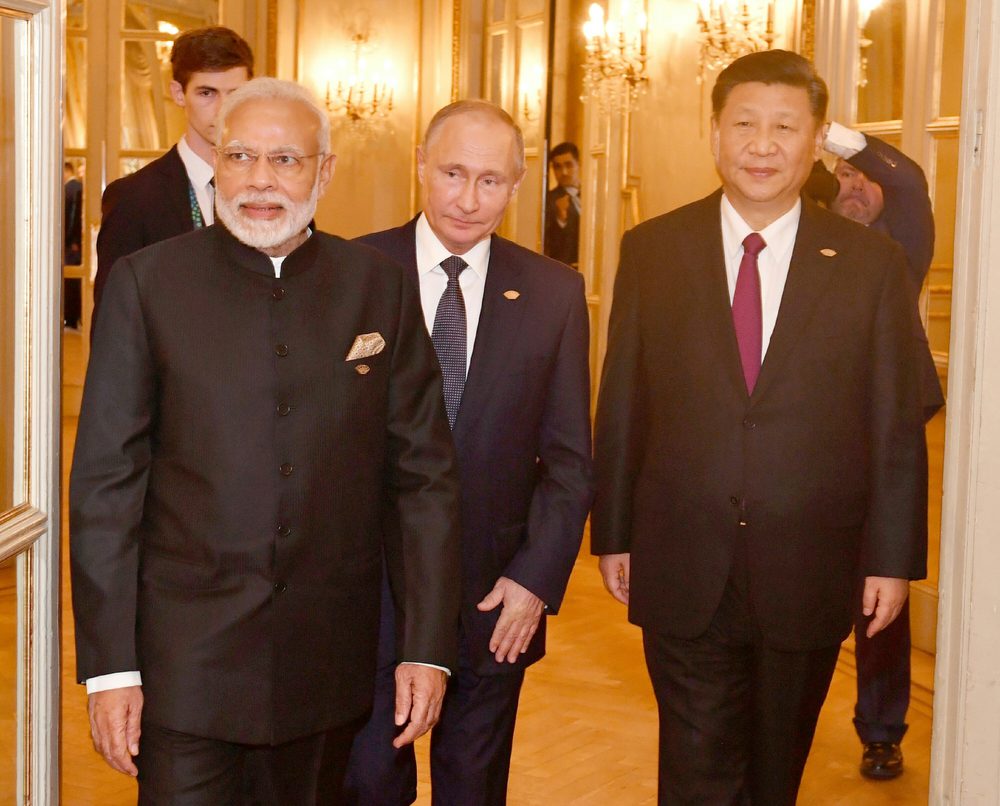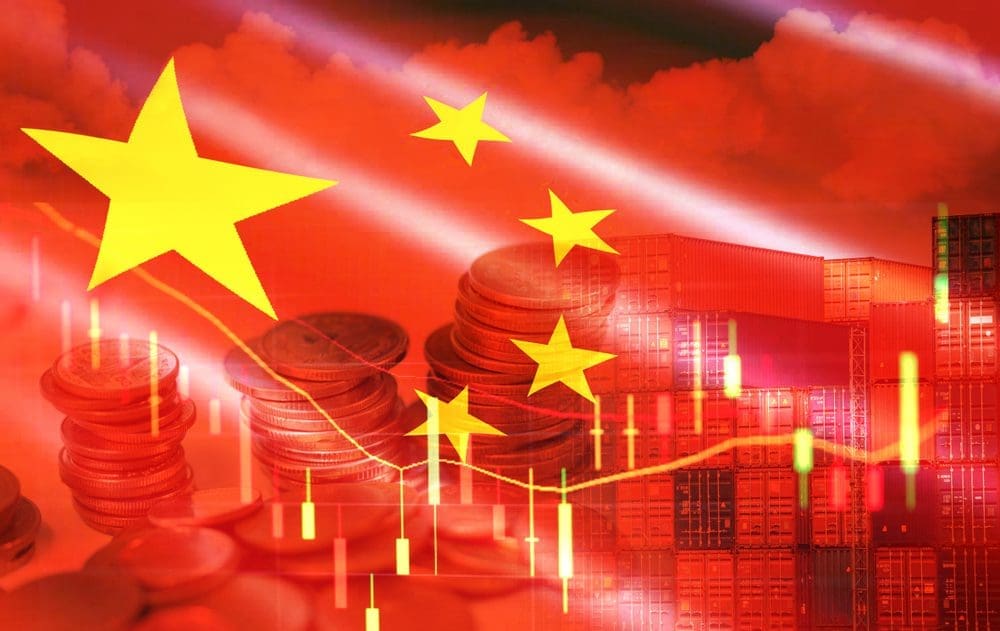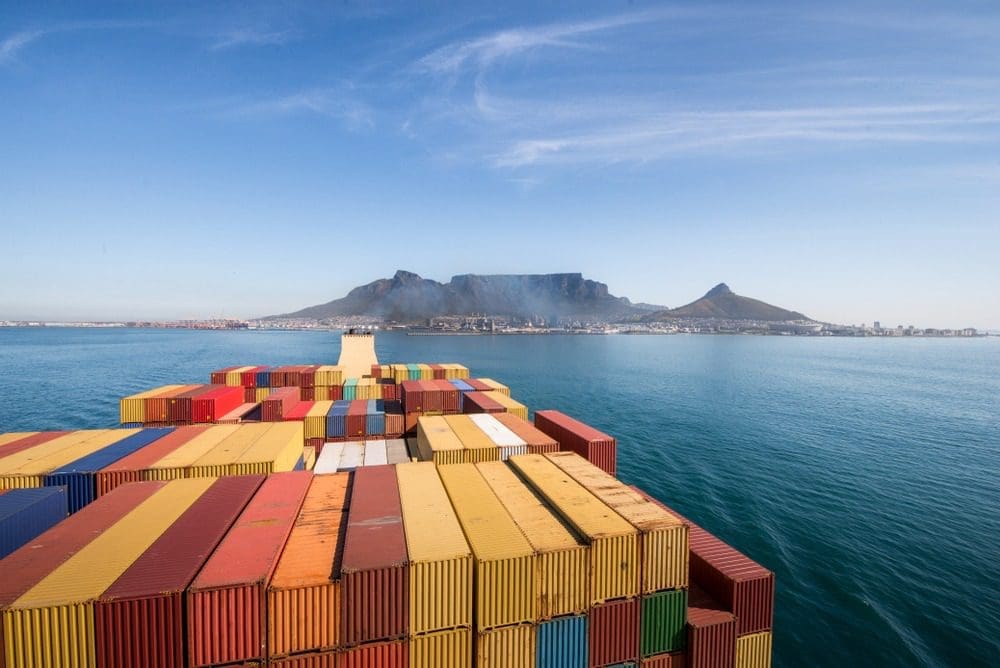
Forget the idea of a neat alliance — China, Russia, and India aren’t about to ink a formal pact.
But energy deals, sanctions workarounds, and new trade corridors are knitting parts of Eurasia closer together. For the U.S., the risk isn’t a sudden “axis” but a steady erosion of leverage.
China and Russia are already welded by pipelines and wartime needs. India is the swing: hedging between Washington and Moscow, clashing with Beijing yet buying cut-rate oil. Where Delhi leans will decide how much this triangle matters.
Energy as the Anchor

China’s pipelines and India’s discounted oil buys have turned Russian energy into the glue holding this triangle together.
Trade Highs (and Wobbles)

China–Russia trade smashed records in 2024 before cooling slightly this year — still far beyond pre-Ukraine levels.
Sanctions Workaround Factory

From Chinese dual-use tech to India’s crude imports, this trio has widened the cracks in U.S. sanctions.
De-dollarization Experiments

BRICS and local-currency deals won’t kill the dollar soon, but they’re slowly blunting America’s sanction stick.
Corridors That Cut Out the West

The INSTC and India’s Iran port deal give Moscow and Delhi faster routes that bypass U.S.-friendly chokepoints.
Tariff Headaches

Washington’s new tariffs aimed at India’s Russia oil trade risk pushing Delhi further into “multi-alignment.”
Defense and Tech Ballast

GE jet engine deals, semiconductor coproduction — these keep India tethered to U.S. defense and tech ecosystems.
The Compliance Squeeze

American companies now face pricing shifts, shipping detours, and messy exposure to sanctioned middlemen.
India the Swing Vote

China and Russia are locked in; India’s choices will determine whether “CRI” is hype or a geopolitical pivot.
Washington’s Options

Double down on defense/tech carrots, sharpen sanctions only where needed, and outbid rivals in energy and minerals.
























